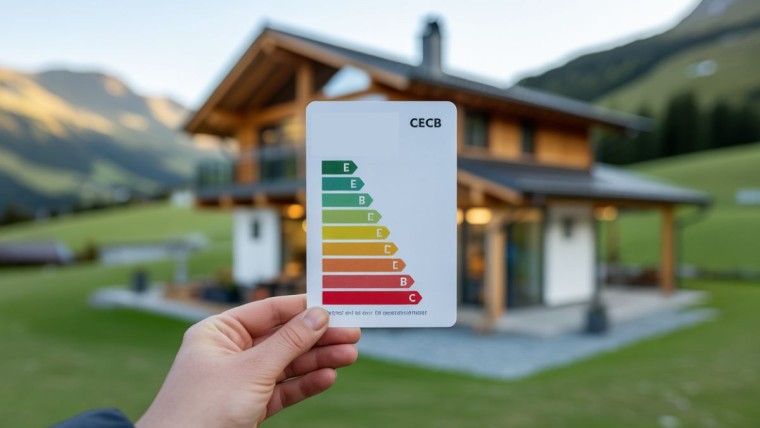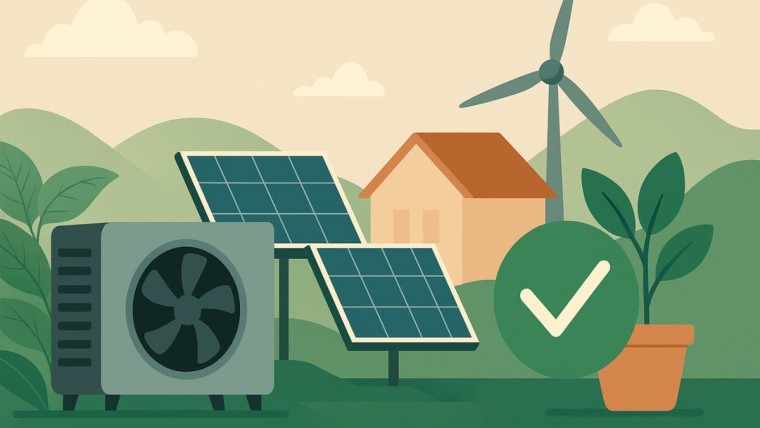A few weeks after the discovery of a potentially colossal reservoir in Lorraine (France), white hydrogen is a promising resource that is attracting growing interest. This type of natural hydrogen could revolutionize industrial sectors such as heating and transport, offering a green alternative to fossil fuels. Find out all there is to know about this mysterious energy source.
The different forms of hydrogen and their environmental impact
To better understand white hydrogen, we can first distinguish other types of hydrogen:
- Grey hydrogen (or blue): it is produced mainly from hydrocarbons such as natural gas, and its production generates a lot of CO2. This is known as steam reforming, during which the hydrogen atoms are separated from the carbon atoms of methane (CH4), unfortunately generating CO2, a greenhouse gas. When this CO2 is partially captured and stored or recycled, we speak of blue hydrogen. The production yield of grey hydrogen is around 65%, and its production cost is estimated at 1.5€/kg.
- Green hydrogen Hydrogen: derived from the electrolysis of water using renewable electricity, it generates no emissions, but is less energy-efficient than grey hydrogen. In fact, the process of creating it by electrolysis causes a loss of around 30%, and then when the hydrogen is used via a fuel cell to produce electricity, there's a loss of another 30 or 40 %. There's not much left at the end. Green hydrogen represents a marginal % of world production compared with grey hydrogen. Its production cost is €5 to €10/kg.
- Pink hydrogen hydrogen: obtained by electrolysis of water like green hydrogen, but using nuclear power, it also has less impact on the environment than grey hydrogen, but is still associated with the problems associated with nuclear power.
What is white hydrogen?
L'white hydrogenalso known as natural hydrogenis the result of specific geological and biological processes that make it directly available in its H2 molecular form. It can therefore be exploited without having to be artificially produced from fossil or renewable resources.
White hydrogen formation process
Several mechanisms can lead to the production of white hydrogen:
- Serpentinization: this reaction between water and rocks rich in magnesium and iron can lead to the release of hydrogen gas.
- Groundwater reduction: reducing agents such as ferrous metals or micro-organisms react with oxygenated water to produce hydrogen.
- Gas emission: certain geological zones naturally release hydrogen gas, notably in hot springs, volcanoes or rift zones.
- Biological fermentation: bacteria can produce hydrogen by fermenting organic matter.
- Radiolysis: this reaction involves the dissociation of water molecules by ionizing radiation such as cosmic or gamma rays, generating hydrogen gas and other reactive species.
Harnessing white hydrogen: challenges and opportunities
Sites exploiting white hydrogen are still rare worldwide. In France, several sources have been discovered, notably in the Drôme, Côte-d'Or, Lorraine, Cotentin and Pyrénées-Atlantiques regions. While the world's first natural hydrogen plant was opened in Mali in 2011, research projects in France are multiplying to assess the potential of this precious resource.
While a permit to explore for white hydrogen has just been granted to TBH2 Aquitaine SAS in France's Le 66 region, the discovery of this potentially large white hydrogen resource in Lorraine should focus the region's energies over the next few years.
The extraction methods have not yet been determined, but are under study, which is why the carbon footprint of white hydrogen extraction cannot yet be known. The fracking or hydraulic fracturing method could be in question.
Advantages of white hydrogen
White hydrogen is a much cleaner source of energy than its gray, blue, green or pink variants:
- It generates no carbon emissions during production. (Of course, its extraction will generate some, whatever the method used).
- Its energy yield is higher than that of other forms of hydrogen: one kilogram of hydrogen burned releases around three times more energy than gasoline of the same volume. Its higher calorific value is 39.4kWh/kg, compared with 10.66kWh per liter for fuel oil and 5.4kWh/kg for wood.
- Experts estimate that white hydrogen reserves could be sufficient to meet the world's hydrogen needs. What's more, the deposit detected by chance in Lorraine would be renewable, since H2 production is the result of a natural oxidation-reduction reaction due to the nature of the region's soils. What is tapped could therefore be renewed in a matter of weeks or months (to be continued).
Challenges of white hydrogen production
While white hydrogen looks promising, it also presents a number of challenges:
- Current extraction methods need to be adapted to exploit this new resource efficiently.
- Operating costs and environmental issues remain to be assessed as projects develop. Getech, a British company specializing in the exploitation of resources for the energy transition, estimates the cost of extracting white hydrogen at around 1$/kg.
In conclusion, thewhite hydrogen represents a future opportunity for the industrial and transportation sectors in their quest for sustainable solutions. Although this rare resource is not yet widely exploited, technological advances and research efforts could soon make it possible to deploy its energy potential in support of the ecological transition.

Julien G.
Juliena mechanical engineering graduate and specialist in climate engineering since 2009, has become a writer specializing in renewable energies, with expertise in heat pumps and photovoltaic solar panels for individual housing.
See all articles by this author






